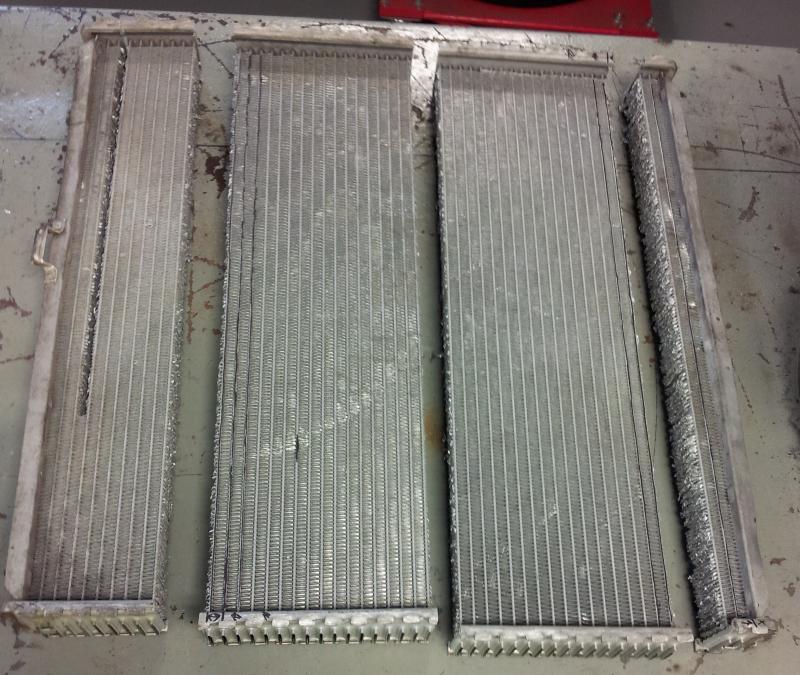Let's bring this back from the dead (I mean really, really dead, just over two years. I had to go to page 31 to find it). As happens to many of us, life gets busy and the project car gets sidelined. Since my last post I've graduated with my bachelor's in mechanical engineering, gotten married, moved three times, bought a house, started my career as a product development engineer at a tire company, and adopted two kittens from the local humane society.
I've been away from the forum for a while, but I spent the past few days reading Tuna's epic build thread for his truck. I came to the realization that if I had time to read the thread then I had time to work on the car a little at a time each day. I'm starting by getting this thread back up to date. So thank you for the motivation Tuna. Enough with the excuses. Let's get caught back up to the present.
When we left off I had a cleaned supercharger, a customized engine wiring harness, and a MegaSquirt ECU. I'll start with the intake manifold. Based on some calculations I determined that we needed an intercooler to prevent detonation. Mainly because we weren't changing the engine internals. As a reminder, here's the room that we're working with (the radiator is removed here):

Not a lot of room. An air-to-air intercooler is out of the question. So air-to-water then. But I've got to do this on a Challenge budget. Off to the junkyard! There I found an aluminum radiator of appropriate width on a BMW 5-series. Next I cut two sections out of it. One to cool the air in the intake manifold and the other to cool the water back down.

So the idea is to build a new intake manifold that mounts to the head, has the fuel injectors, contains the intercooler, and has the supercharger mounted to it. The way we decided to do this was to salvage the part of the original intake manifold that mounts to the head and has the fuel rail and injectors then build off that. Pictures will explain it better. Salvaged part of original manifold tacked to the beginnings of the box:

Other side:

And now with the radiator core / intercooler mocked in:

Unfortunately, I made the classic engineering mistake of designing something that I couldn't build. The majority of the box is 3/8" aluminum (in retrospect, probably too thick) and the school's TIG welder was only rated for 3/16". Head, meet desk. Desk, meet head. Seeing as the semester was rapidly coming to a close we decided to move forward with what we had. Thankfully, the school has connections with a local company that does industrial welding. We got it done for free and they did an excellent job. It took 9 hours to do. I'll talk about how that killed my budget later :( Anyways, pictures of beautiful TIG welding:



Mocked up:

Next I'll sidestep back to the intercooler system.



































































